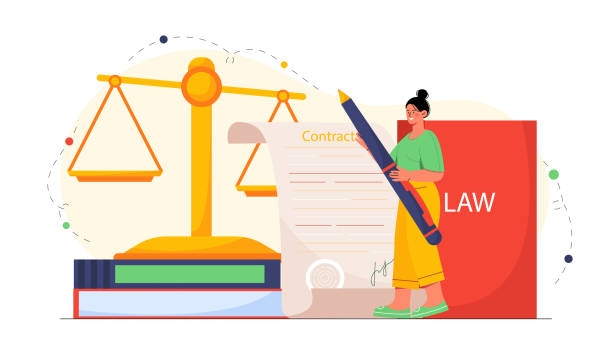

This blog explores how legal departments in Bahrain can turn contract data into actionable decisions...

This blog highlights how legal departments in Saudi Arabia achieve measurable ROI by using AI contra...

This blog highlights the key features legal departments need in AI contract management software to i...

Contract management is an essential process that involves administering, monitoring, and ensuring compliance with the terms and conditions of a contract. Redlining contracts, also known as contract markup, is a critical step in the contract negotiation process. In this blog, we'll explore everything you need to know about redlining contracts and its significance in contract management.
What is Redlining?
Redlining is a term used in contract management that refers to the process of reviewing and marking up a contract with changes, comments, or suggestions. During the redlining process, parties can suggest changes to the contract's terms and conditions, ensuring that it accurately reflects their intentions and needs.
Why is Redlining Important?
Redlining is a critical step in the contract negotiation process as it allows parties to review and negotiate the terms and conditions of a contract until a final agreement is reached. Redlining can help ensure that the contract accurately reflects the intentions of all parties and that any potential issues or concerns are addressed. By redlining the contract, parties can avoid misunderstandings, disputes, and potential litigation down the line.
Steps in Redlining a Contract
Here are the steps involved in redlining a contract:
Review the Contract: Before redlining a contract, both parties must review it thoroughly to ensure that they understand its terms and conditions.
Identify Changes: Each party should highlight the changes they wish to make in the contract using different colors, such as red or blue.
Negotiate: Once both parties have reviewed and marked up the contract, they can begin negotiating. Each party should communicate their proposed changes, and a discussion should take place until a final agreement is reached.
Finalize the Contract: Once both parties agree to the terms and conditions of the contract, the final version should be drafted, and all parties should sign it.
Benefits of Redlining Contracts
Here are some of the benefits of redlining contracts:
Avoids Misunderstandings: By redlining the contract, parties can avoid misunderstandings and ensure that they are on the same page regarding the terms and conditions of the contract.
Saves Time and Money: Redlining can help save time and money by ensuring that the contract is accurate and comprehensive, reducing the need for potential litigation.
Improves Relationships: Redlining can help build better relationships between parties as it allows them to work collaboratively and reach a mutually beneficial agreement.
Redlining contract is an essential step in the contract negotiation process. By reviewing and marking up the contract, parties can ensure that it accurately reflects their intentions and needs. Redlining can help avoid misunderstandings, save time and money, and improve relationships between parties. To ensure a successful redlining process, it's important to review the contract thoroughly, negotiate in good faith, and finalize the contract once both parties agree to its terms and conditions.